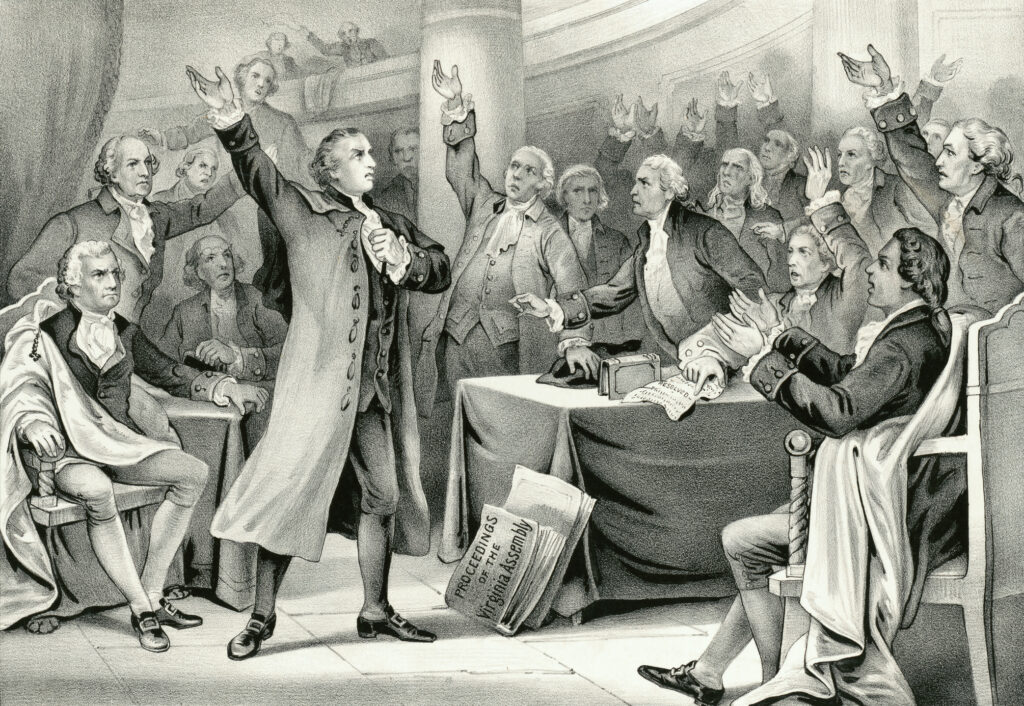On June 21, 1788, nine of the thirteen newly independent American states ratified the constitution which would take effect in March of the following year. Of the many provisions that were expressed in that document, few have been as ambiguous yet important as the establishment of the supreme court. In Article III, section I of the constitution, the creation of a federal judiciary power was permitted, but specifications concerning the structure and logistics of the court were omitted. Consequently, the responsibility to organize the judiciary system fell to congress, leading the the Judiciary Act of 1789 which appointed one chief justice and five additional justices. Two years later, the court decided its first case, settling a dispute between a debtor and creditor in West v Barnes, an otherwise unimportant ruling. Following the Barnes ruling, the supreme court would tackle a plethora of important cases, each of which would result in a significant and irreversible impact on the course American history.
Of the most important cases that were heard by the high court, none carry as much weight as the Marbury v. Maddison decision. After the election of the Democratic-Republican Thomas Jefferson in 1800, John Adams would issue the Judiciary Act and the Organic Act in the final hours of his tenure, increasing the number of judgeships in a desperate action to preserve federalist influence. Of the newly appoint judges, William Marbury of Maryland was selected to serve in the courts on the basis of his federalist loyalties. However, the newly appointed judge would never receive a commission due to the the instatement of Thomas Jefferson in March of 1800; under orders of the president, Secretary of State James Madison prohibited Marbury's instalment.

Since the initial conception of the Supreme Court in 1789, the judicial branch has been shaped by several key moments in history, including the two aforementioned cases. This adaptative nature of the court continues to persist today, exemplified by the recent ruling in Dobbs v. Jackson which overturned the assertion in Roe v. Wade that abortion was a constitutionally protected right. However, other aspects of the court remain unchanged, such as the principle of judicial review. It is precisely this mix of tradition and progressivism that makes the United States supreme court a uniquely powerful government entity.







No comments:
Post a Comment